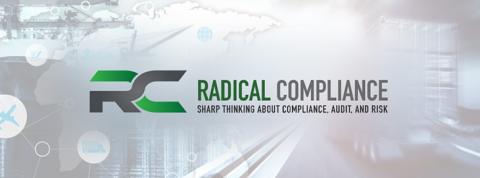Security | Threat Detection | Cyberattacks | DevSecOps | Compliance
RiskOptics
SEC Adopts Cyber Disclosure Rule
Security Misconfigurations: Definition, Causes, and Avoidance Strategies
What is Risk Modeling?
Your Ultimate Guide to AICPA's SOC 2 Updates
5 Most Common Types of Internal Accounting Controls
Common Types of Network Vulnerabilities for Businesses
How to Navigate the Maze of State Data Privacy Laws
What Are the Types of Audit Evidence?
The collection and evaluation of audit evidence plays an important role in assessing an organization’s compliance with established standards. The American Institute of Certified Public Accountants (AICPA) serves as a guiding force, establishing methods that auditors should use to carry out their duties effectively. As auditors start their examination, they first collect and analyze various types of audit evidence, each serving as a piece of the puzzle that forms the auditor’s report.
Penetration Tests vs. Vulnerability Scans: What's the Difference?
Compliance with regulatory requirements works best when you understand the terms of art used in compliance and cybersecurity, such as the difference between penetration tests and vulnerability scans. You can perform many types of tests to assess the state of your data security, vulnerability scans and penetration tests being among the most important — but they are not the same thing, and they serve different purposes.



